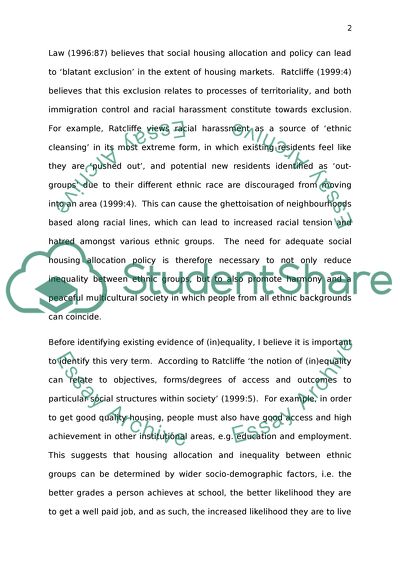Cite this document
(“Are Ethnic Minorities Treaded Equally and Justly in the Allocation of Essay”, n.d.)
Retrieved from https://studentshare.org/environmental-studies/1422944-housing-and-homelessness-housing-and-inequality
Retrieved from https://studentshare.org/environmental-studies/1422944-housing-and-homelessness-housing-and-inequality
(Are Ethnic Minorities Treaded Equally and Justly in the Allocation of Essay)
https://studentshare.org/environmental-studies/1422944-housing-and-homelessness-housing-and-inequality.
https://studentshare.org/environmental-studies/1422944-housing-and-homelessness-housing-and-inequality.
“Are Ethnic Minorities Treaded Equally and Justly in the Allocation of Essay”, n.d. https://studentshare.org/environmental-studies/1422944-housing-and-homelessness-housing-and-inequality.


